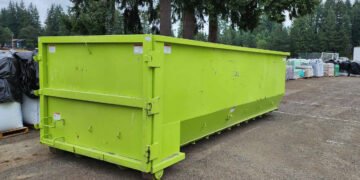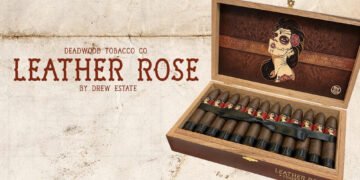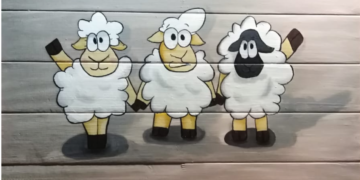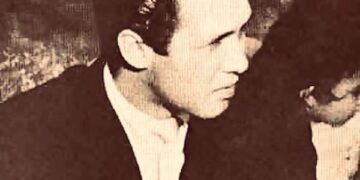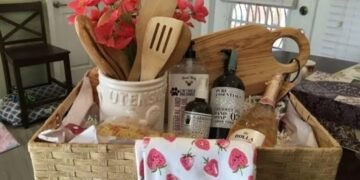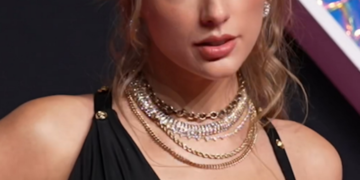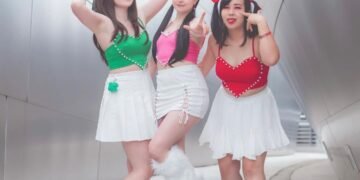Professional interior designer and sleep environment expert Jennifer Adams returns to answer your questions and provide helpful advice! Today, she responds to a reader’s question about using rustic design in home interior schemes.
Rustic Design Considerations
Let me start by saying THANK YOU for reaching out to me with your home décor questions! Answering letters from readers is one of my favorite things to do! Here I will explain the designer’s secret to transforming home interiors into a rustic look.
In your letter, you said that you’ve recently purchased an older home that’s framed with large, rough-hewn beams. You’re interested in exploring the possibilities of going with a rustic design theme for the interior. First of all, I think that’s a great idea! If you can see large beams on the exterior, there’s an excellent chance that there is some beautiful wood hidden beneath the wallboard covering your interior walls. Exposing this wood could be a significant first step in letting the natural character of your home really shine through!
What Is Rustic Design, Exactly?
But let me back up a half-step for a moment. You also wrote that you’ve heard a lot of buzz about rustic design, but aren’t entirely sure exactly what that means. Great question! Rustic design is actually somewhat hard to nail down with a single definition, as it’s been used to describe a variety of these elements, including a farmhouse, western, what’s known as “modern rustic,” and even some industrial components. Essentially though, the rustic style places a strong emphasis on bringing the look of the outdoors inside, embracing a more rugged, natural look with textures, colors, and furnishings. Below are a few elements that are commonly seen in rustic design:
-
Wooden beams
Natural wood beams add instant rustic charm and help to define a space both architecturally and aesthetically. Beams can help frame ceilings, walls, doorways, windows, living areas, kitchen spaces, and more.
-
Organic elements
Using and featuring natural materials is really one of the core elements of the rustic style. Organic elements like rock, brick, wood, leather, and woven fibers help create a more calm, peaceful environment.
-
Weathered materials
This encompasses both naturally-weathered materials, as well as materials that have been made to look weathered. Some commonly-used materials in this category include reclaimed wood, metals that are hammered, distressed, or rusted, and etched or seeded glass.
-
Earthy colors and tones
Rustic home interiors often feature a neutral color palette, but you can also feature other bolder, earthy tones. Any nuanced colors that appear in the natural world can work well, including browns, tans, and greens.
-
Repurposed items
One beautiful thing about going with a rustic style is that it allows you to utilize items you already have lying around. You can repurpose nearly anything with a rustic flair, from old keys to baskets to crates to textured fabrics.
Tips for Achieving a Rustic Look
Now that you have a good understanding of what makes for a rustic décor design, you’re probably already getting ideas of things you can do to create that look in your new-to-you home! The modern rustic look is a great way to combine various styles, and it allows you to blend the old with the new. Here are just some tips to help get you started:
-
Highlight any natural wood or stone
You’ve already told me that your home has some natural wood included in its architecture. You want to uncover that and feature it as much as possible! If you have any stone or brickwork, those are prominent elements you should highlight as well.
-
Incorporate a neutral-to-warm color scheme
Neutral colors, natural colors, and even warm tones are commonly used in the palette of a rustic home. Avoid the brightest, boldest colors, and stick with some lighter creams, browns, greens, greys, and blues. Remember that your overall color scheme involves more than just paint on the walls; it also includes your furniture, rugs, and accessories.
-
Include distressed metals
Shiny-looking, new metal doesn’t lend itself to a rustic look, but distressed, vintage, or antique metal items certainly do! Stainless steel doesn’t lend itself well to rustic design, but distressed metal accents are perfect. Choose to use distressed metals in lamps and light fixtures, hardware for cabinets and drawers, picture frames, wall hangings, etc.
-
Let the light shine in
The modern rustic design often features an open floor plan which features lots of natural light and views to the outdoors. If you have the wall space and ability to include some large picture windows, then go for it. And as far as window dressings go, your curtains should only be used to frame your windows, not obstruct them. Your visual goal is to bring the outside inside, as much as possible.
-
Think country
No matter where your home is located – even if it’s in the city or the suburbs – another key to creating a great, rustic look is to “think country.” Try to find inspiration from the look, feel, and vibe of the outdoor natural environment. As an example, try thinking more Midwestern than urban when decorating your interior space.
Final Words
As you look towards creating your home’s rustic design, I hope you’ll find these tips and insights to be helpful. If you’d like to check some more of my home décor tips, head over to my Home Journal blog page. While you’re there, I invite you to take a minute and check out our Home Decor section; it’s designed to help you create a home living space that you truly love!







